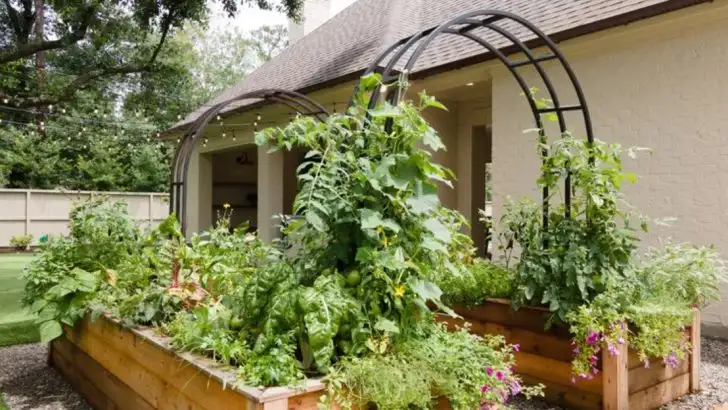Imagine a garden bed that takes care of its own watering needs without a hose, drip system, or even electricity. By harnessing simple gravity and smart design, you can create a self-watering garden bed that conserves water and reduces daily chores.
This approach uses sloped beds, water catchment, and natural channels to direct moisture exactly where plants need it most, mimicking natural landscapes. The result? Healthier plants, less evaporation, and a system that works quietly, all on its own.
In this article, I’ll guide you through building your own gravity-fed garden bed, sharing tips on design, materials, and plant choices to make your garden truly self-sufficient and water-wise.
Wicking Beds
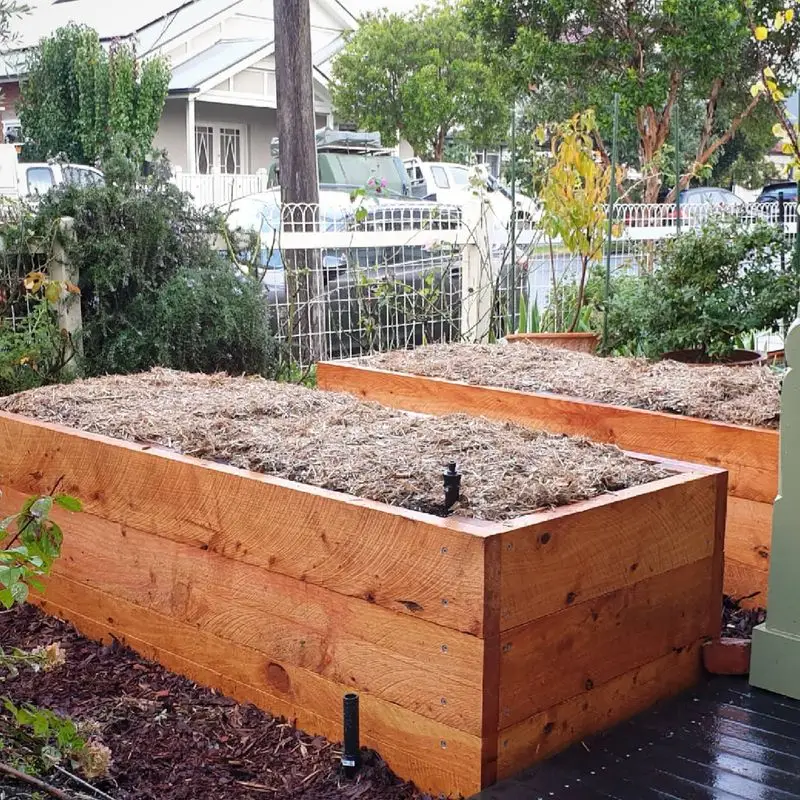
Picture a garden bed that functions like a sponge—soaking up water and delivering it to plant roots as needed. That’s the beauty of wicking beds. They utilize a reservoir at the bottom, filled with water, that gradually moves upwards through capillary action. This method ensures plants receive a consistent supply of moisture.
No more overwatering or under-watering concerns. The even distribution of water leads to healthier plants. This system is perfect for those who want minimal maintenance without sacrificing plant health. Did you know? Wicking beds can also improve soil aeration and microbial activity, boosting plant growth.
Keyhole Gardens
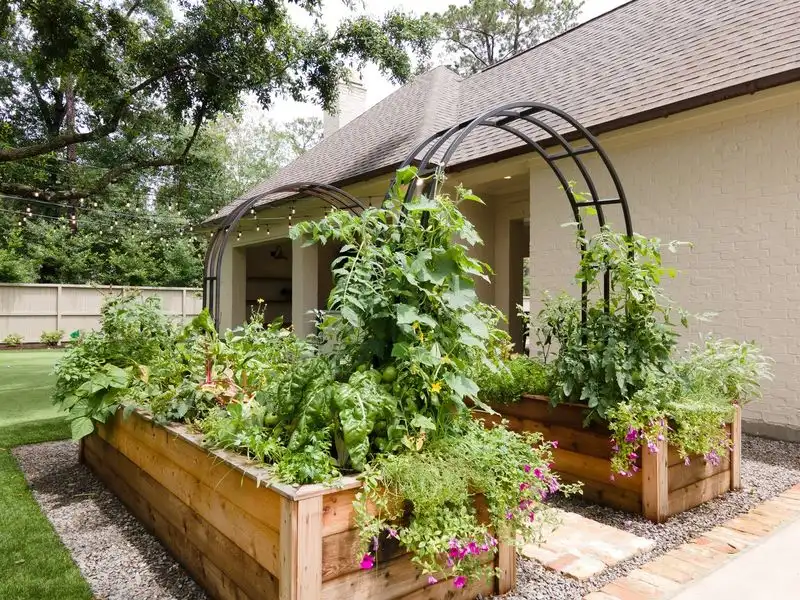
Have you ever seen a garden designed like a pie with a missing slice? Welcome to the keyhole garden. At its center, a composting basket enriches the surrounding soil, while the circular design enhances water distribution through gravity.
This sustainable approach is not only eco-friendly but maximizes space efficiently. Keyhole gardens are particularly popular in arid regions due to their water-conserving capabilities. Intrigued? Some versions even incorporate recycled materials, offering a creative outlet for eco-conscious gardeners. With its unique design, this garden bed invites curious onlookers and enthusiastic gardeners alike.
Hügelkultur Beds
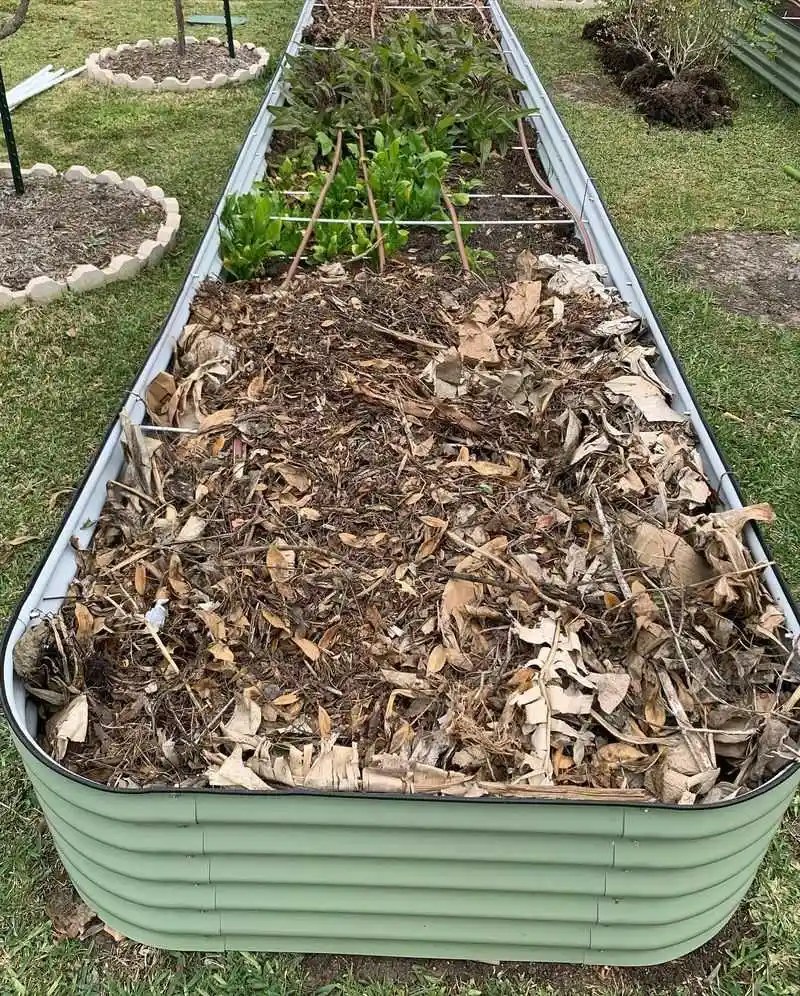
Imagine a garden bed that mimics a forest floor—rich, layered, and self-sustaining. Hügelkultur beds are built using wood logs, branches, and other organic material. This foundation slowly decomposes, releasing nutrients and retaining moisture for nearby plants.
The decomposition process generates warmth, extending the growing season in cooler climates. Great for those who wish to mimic nature’s recycling system, these beds are both innovative and resourceful. Did you know? Hügelkultur practices have roots in German horticulture, emphasizing sustainability long before it became trendy. It’s a testament to gardening wisdom passed through generations.
Rain Gardens
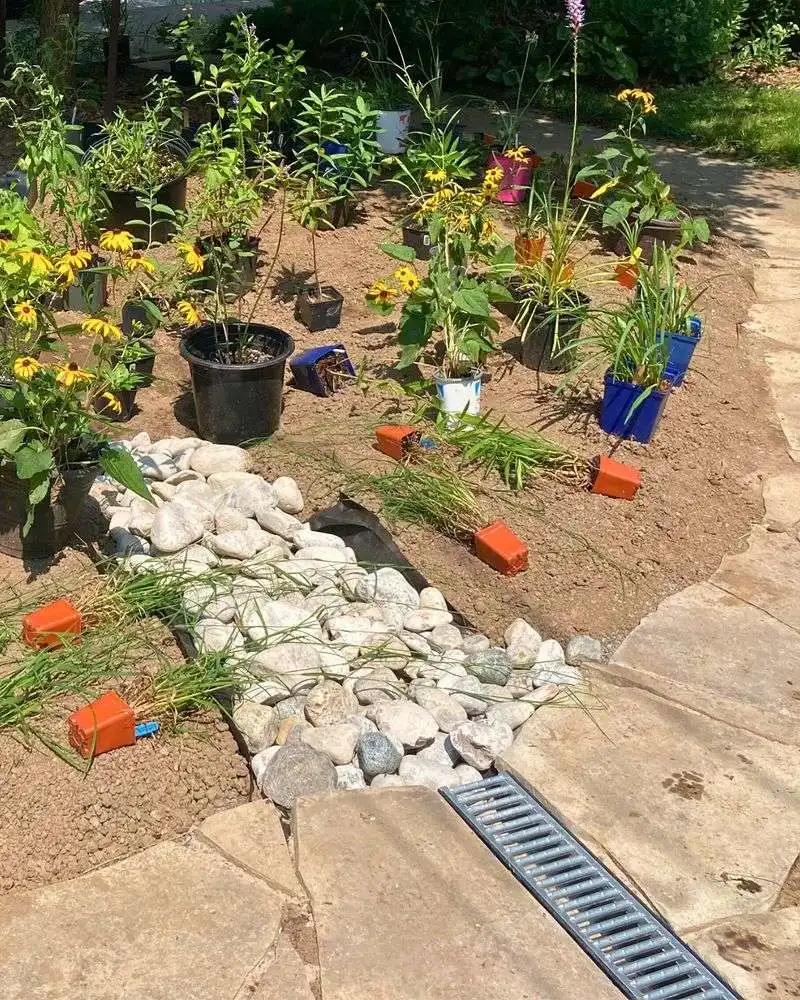
Ever considered turning rainwater into a garden ally? Rain gardens are designed to capture runoff from roofs and pavements, channeling water into a specially designed bed. This reduces water waste and benefits the environment.
Filled with native plants, these gardens absorb water efficiently, preventing erosion and filtering pollutants. They offer an artistic touch to landscape design, blending functionality with aesthetics. Fun fact: Rain gardens can reduce neighborhood flooding and create habitats for local wildlife. By integrating nature’s cycle, these gardens contribute positively to urban ecosystems.
Self-Watering Planters
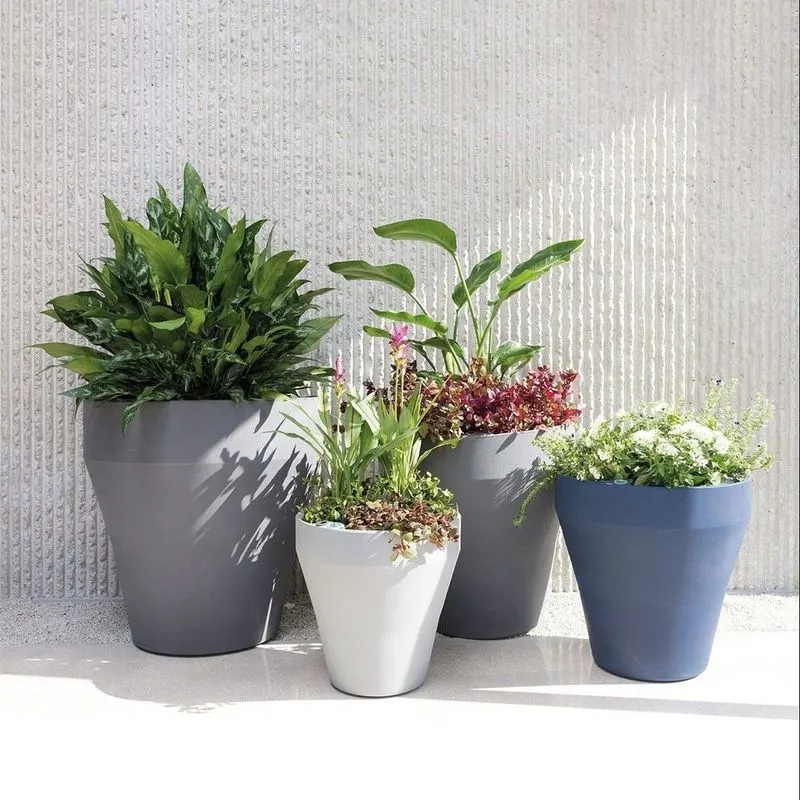
For those with limited space, self-watering planters offer a compact solution. These planters feature a built-in reservoir, delivering moisture directly to plant roots via a wicking mechanism.
Ideal for balconies or small urban gardens, they minimize the need for daily watering. The consistent moisture level promotes healthy plant growth and reduces water stress. Additionally, self-watering planters can be a stylish addition to any space. Curious about their history? The concept, though modernized, has roots in ancient irrigation practices where simplicity met necessity.

